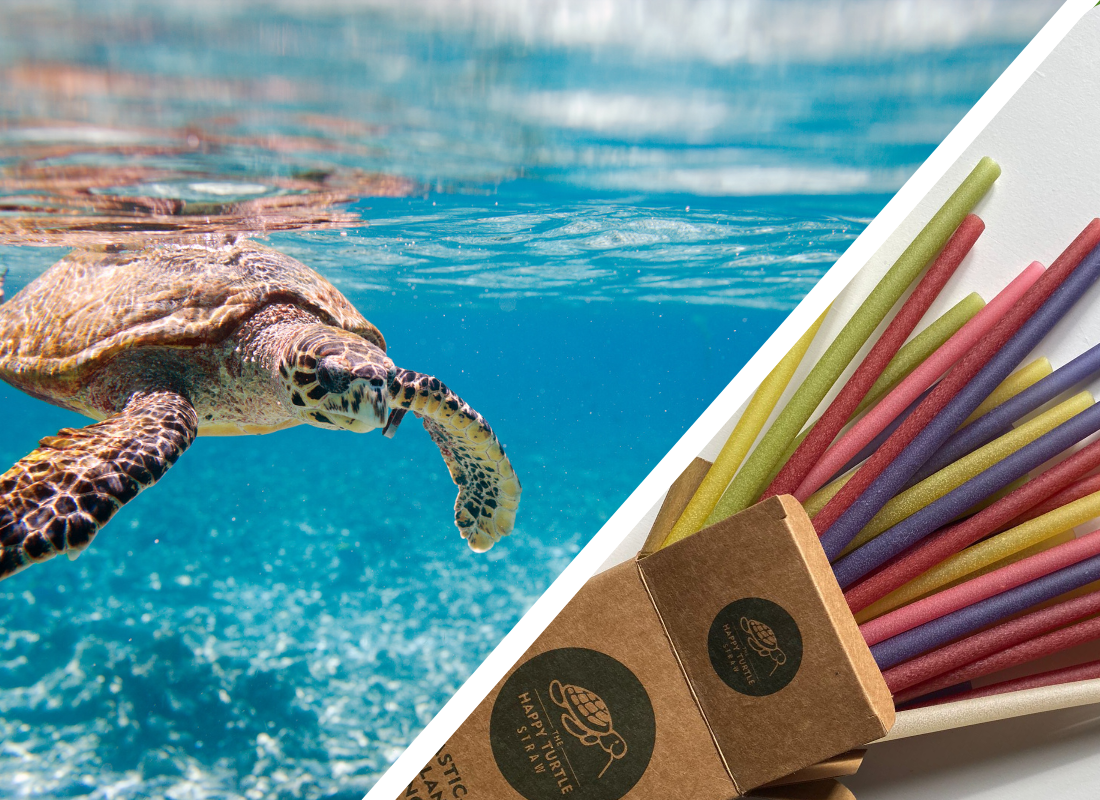
In the world of high-end hospitality, every detail matters. From curated menus and custom lighting to the texture of the linens and the balance of a cocktail—guests expect excellence. But in 2025, luxury is no longer just about comfort or exclusivity. It’s about conscious choices. And that’s where something as seemingly small as a straw becomes a big statement.
A Global Shift, One Sip at a Time
The image of a sea turtle with a plastic straw stuck in its nostril went viral nearly a decade ago. That image sparked a global reckoning with single-use plastics. Governments responded with bans, consumers demanded better, and brands began making changes. But in the luxury hospitality space, the shift has only just begun.
Guests at five-star resorts, fine dining venues, and rooftop bars are no longer impressed by plastic convenience. In fact, they see it as a contradiction. How can an establishment that charges $20 for a cocktail or €800 per night for a suite justify handing out plastic straws that pollute oceans and tarnish brand perception?
 Why Plastic Straws Hurt Your Brand
Why Plastic Straws Hurt Your Brand
Plastic straws may seem like a small cost-saving tool. But in the eyes of modern luxury travelers, they send the wrong message:
-
Environmental negligence: Plastic straws take centuries to decompose and often end up in oceans, harming marine life.
-
Inconsistency in values: If your hotel touts sustainability in its branding, plastic straws are a red flag for greenwashing.
-
Disruption of experience: Nothing kills the mood like sipping a premium cocktail through a tacky, disposable straw.
According to a recent report by Booking.com, 73% of luxury travelers actively seek eco-conscious accommodations, and nearly 80% believe sustainability enhances the value of a hospitality experience.
In other words, when your guests are paying for excellence, they’re also expecting ethics.
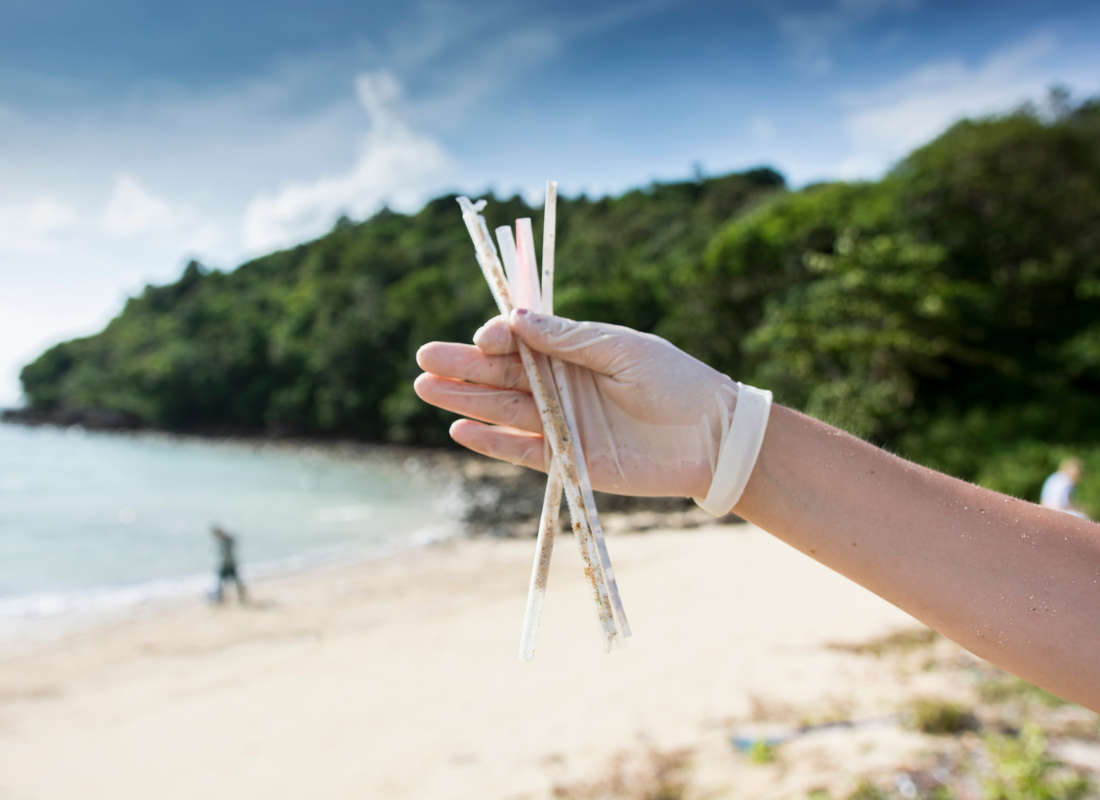 Paper Isn’t the Answer Either
Paper Isn’t the Answer Either
In a rush to ditch plastic, many establishments turned to paper straws. But those come with their own set of issues:
-
Soggy texture: Within minutes, paper straws can collapse, especially in iced cocktails or tropical drinks.
-
Guest dissatisfaction: A paper straw can turn a premium drinking experience into a frustrating one.
-
Limited shelf life: Paper straws often require climate-controlled storage and degrade in humid environments.
So, what’s the solution? One that marries form, function, and sustainability?
 Enter Rice Straws: Sustainability with Style
Enter Rice Straws: Sustainability with Style
At the intersection of design, durability, and eco-responsibility lies a new favorite among elite venues: rice straws.
Made from rice and tapioca, these biodegradable alternatives are edible, compostable, and plastic-free—yet they look and feel like premium tableware. No sogginess, no guilt, just elegance.
Here’s why The Happy Turtle Straw, for example, is making waves in luxury hospitality:
-
✅ Lasts over 2 hours in drinks without losing integrity
-
✅ Fully compostable and safe for marine life
-
✅ Naturally elegant—complements fine glassware and upscale settings
-
✅ Made from food-grade ingredients with no chemical coating
-
✅ Available in sizes and colors suitable for signature cocktails and smoothies
The result? A simple, sustainable upgrade that enhances the guest experience while aligning your F&B practices with ESG goals.
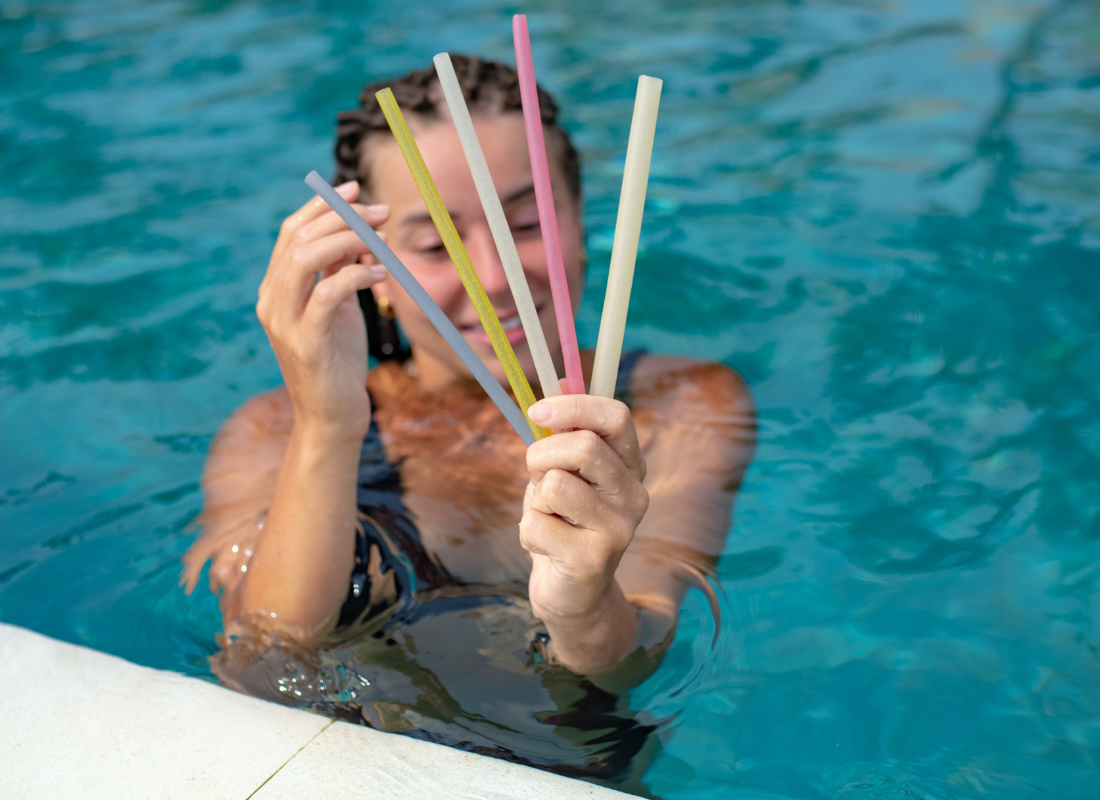 What Top-Tier Hotels Are Doing Right
What Top-Tier Hotels Are Doing Right
Across Europe and Asia, five-star establishments are already leading the transition.
From JW Marriott rooftop lounges to Kempinski beach resorts, more and more properties are replacing plastic and paper straws with premium rice straws as part of their sustainability program.
Some best practices we’ve seen include:
-
Co-branded straw jars at bar counters: “We use rice straws to protect our oceans – ask us why.”
-
Guest education: A small card in the drink or on the menu explaining the hotel’s commitment to plastic-free service.
-
Staff engagement: Bartenders and servers trained to introduce the switch as part of the guest interaction—turning a straw into a story.
These small touches don’t go unnoticed. In fact, they often lead to positive online reviews, higher guest satisfaction scores, and word-of-mouth marketing from conscious travelers.
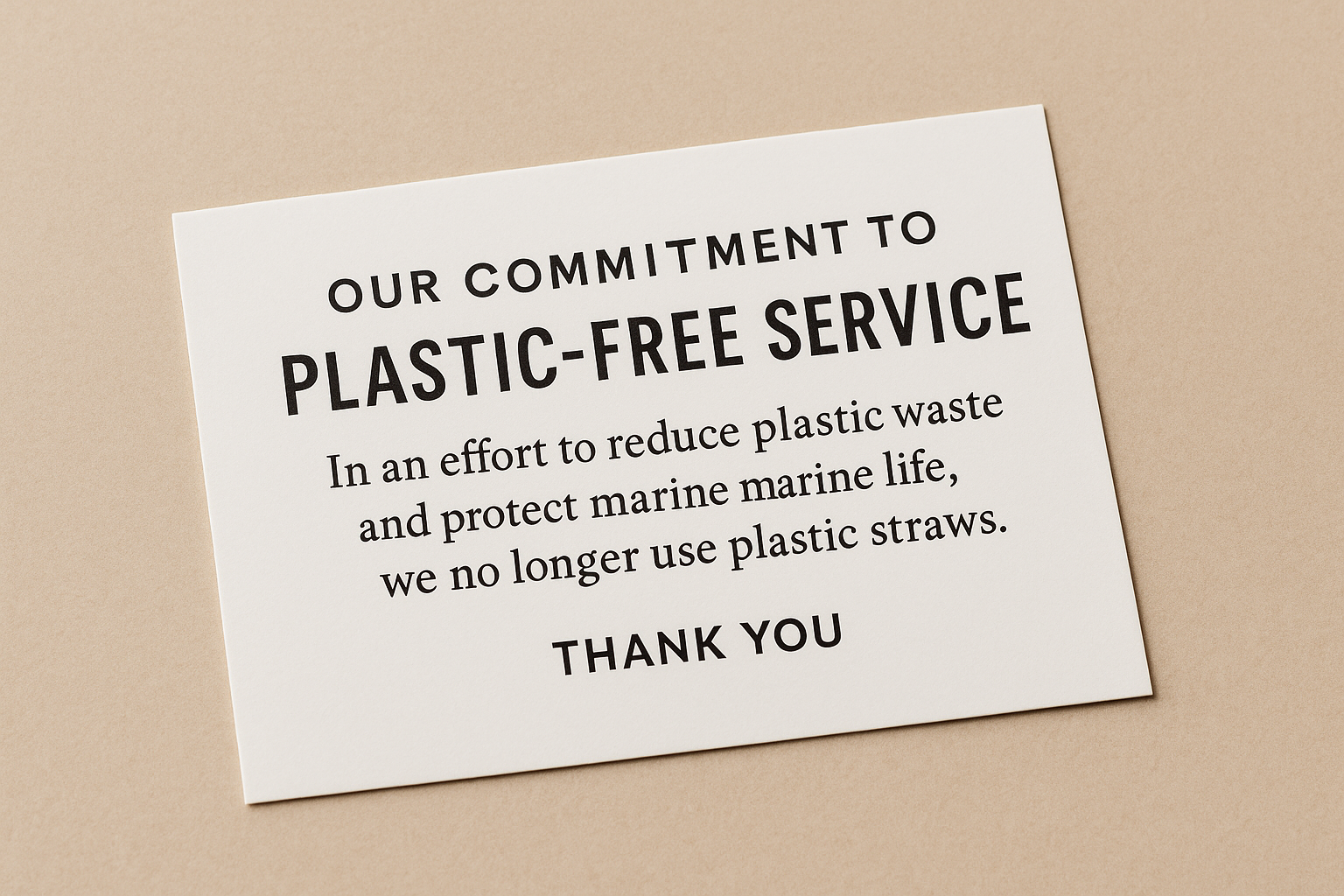 From Cost to Value: A Shift in Procurement Thinking
From Cost to Value: A Shift in Procurement Thinking
Of course, switching from plastic to rice straws requires a small initial increase in unit cost. But savvy F&B and purchasing managers know the bigger picture:
-
Avoiding fines from plastic bans (many EU countries now enforce them)
-
Boosting brand reputation as a sustainability leader
-
Meeting ESG targets and contributing to corporate sustainability reporting
-
Increasing guest retention and referrals
Think of it this way: the cost of a sustainable straw is less than €0.10—but the cost of a bad impression is far greater.
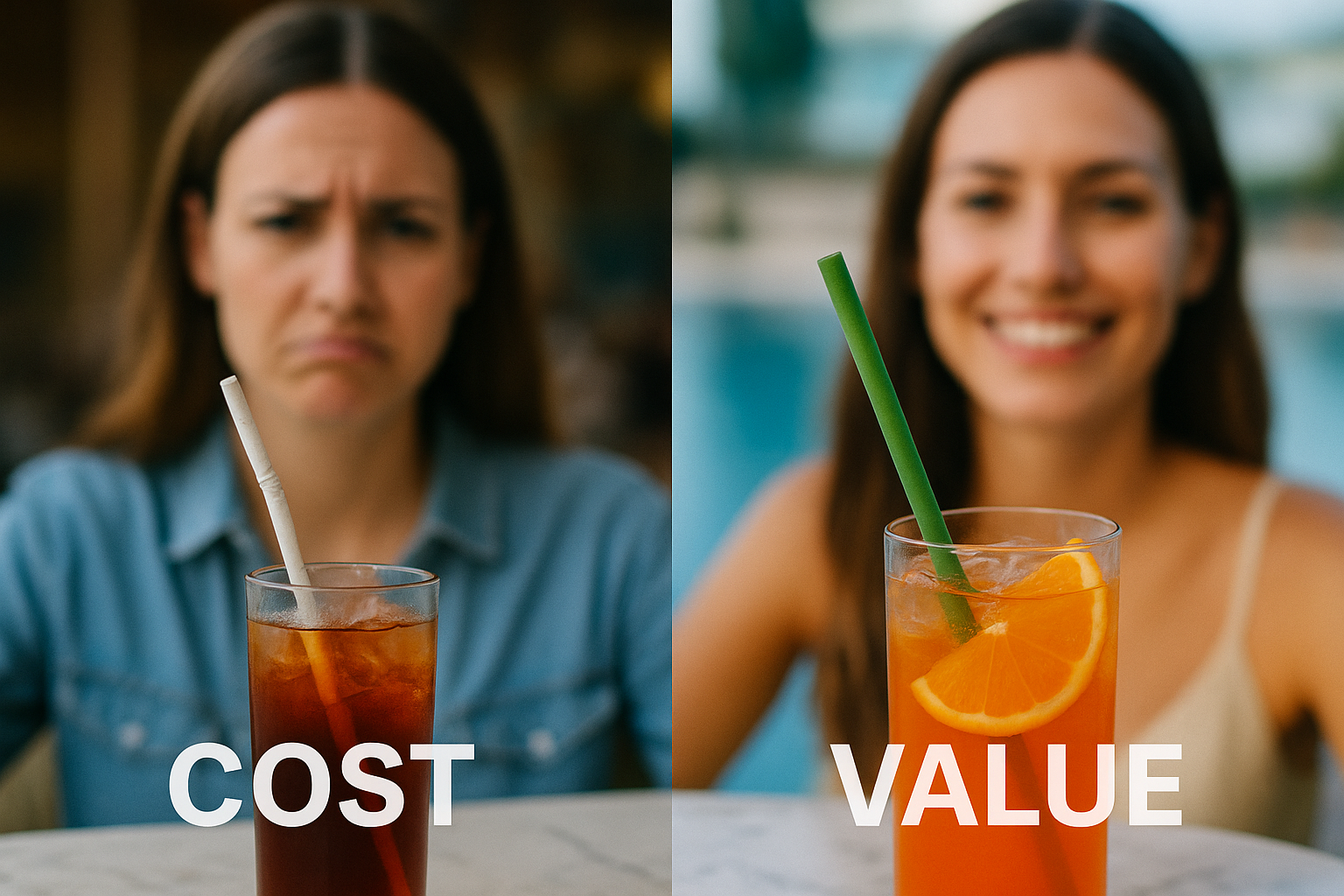 How to Make the Switch (Smoothly)
How to Make the Switch (Smoothly)
For those in charge of F&B, bar programs, or purchasing, here’s a simple roadmap to transition away from plastic:
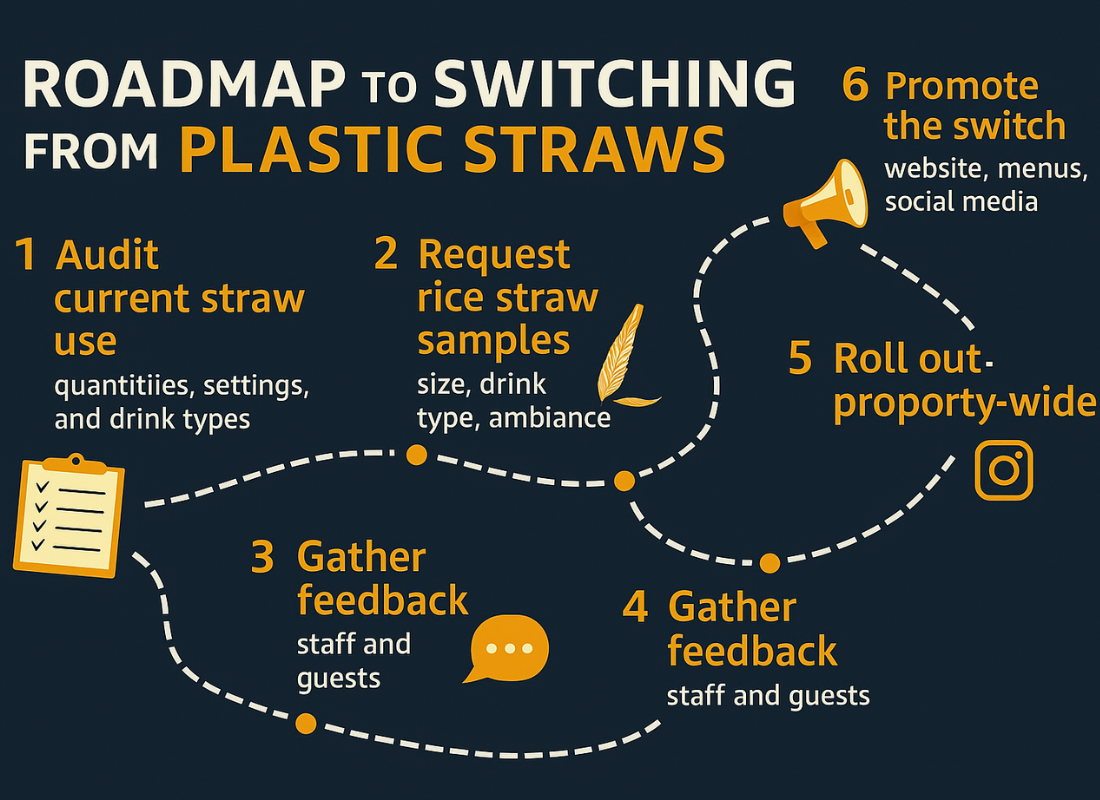 When done right, your guests won’t just notice the difference—they’ll celebrate it.
When done right, your guests won’t just notice the difference—they’ll celebrate it.
Final Sip: Luxury Means Leading
Luxury hospitality has always been about setting trends, not following them. The best hotels and bars of 2025 aren’t just offering refined experiences; they’re offering responsible ones.
Replacing your plastic straws with elegant, sustainable alternatives like rice straws isn’t a minor operational tweak—it’s a powerful brand move.
 So the next time a guest takes that first sip, ask yourself:
So the next time a guest takes that first sip, ask yourself:
What does your straw say about your brand?




